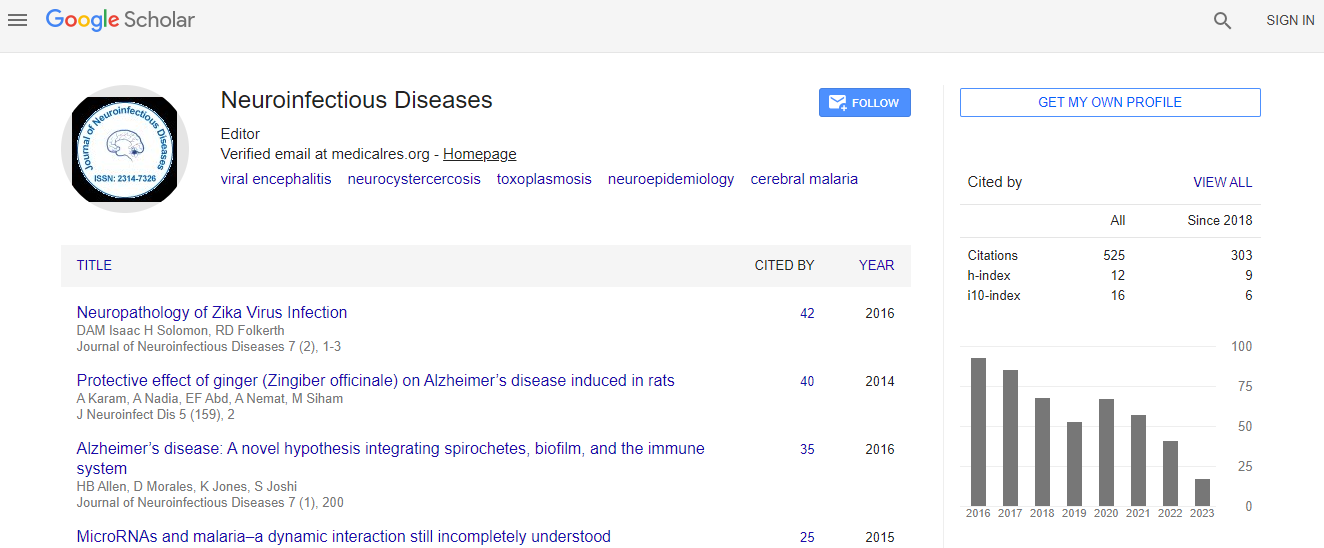Review Article
Validity of Modelling Cerebral Malaria in Mice: Argument and Counter Argument
Andrew W. Taylor-Robinson*
Institute of Molecular and Cellular Biology, University of Leeds, Clarendon Way, Leeds LS2 9JT, UK
- *Corresponding Author:
- Andrew W. Taylor-Robinson
Institute of Molecular and Cellular Biology
University of Leeds, Clarendon Way
Leeds LS2 9JT
UK
E-mail: a.w.taylor-robinson@leeds.ac.uk
Received date: 24 June 2010; Revised Date:10 August 2010; Accepted date: 11 August 2010
Abstract
The clinical manifestations of Plasmodium falciparum infection of humans that are collectively recognised as cerebral malaria produce profound changes in mental status and induce coma. The histopathological hallmark of this encephalopathy is the sequestration of cerebral capillaries and venules with both infected and uninfected erythrocytes. The underlying cause of cerebral malaria is the subject of vigorous debate. A major reason for this is that human brain tissue is only available post mortem. In order to dissect the pathology of this acute disease, therefore, a number of models using murine malarias have been developed. While these have undoubtedly proved useful in helping to identify immunological mechanisms involved, recognition of the differences between the pathological processes during cerebral malaria in mice and man has led to some researchers questioning the validity of extrapolating findings from mouse models to the human condition with a view to informing therapeutic interventions. In turn, this has provoked lively debate within the malaria research community. This commentary sets out our current understanding of cerebral disease in humans and evaluates what meaningful contribution the study of mouse models has made to this knowledge.

 Spanish
Spanish  Chinese
Chinese  Russian
Russian  German
German  French
French  Japanese
Japanese  Portuguese
Portuguese  Hindi
Hindi 
